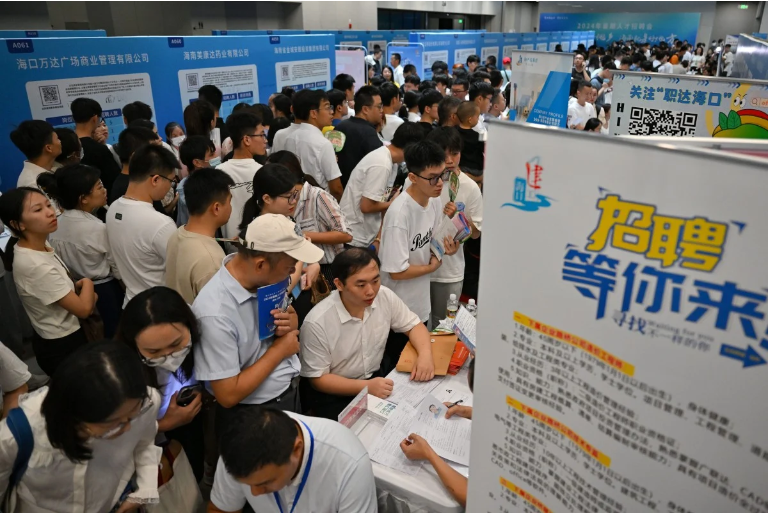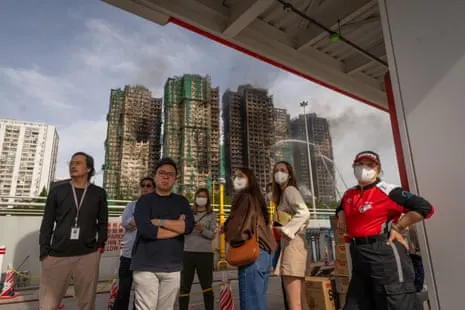Youth unemployment is rising in China as more graduates enter the labor market.
The jobless rate for 16- to 24-year-olds – excluding students – was up from 13.2 per cent a month earlier and ended three months of declines, according to NBS data released on Friday.
Under the previous approach, the jobless rate for the 16-24 age group, including students, peaked at 21.3 per cent in June.
Student numbers were then stripped out of the calculation, a change that the NBS said was to “more accurately” reflect that job-hunting was not a priority for students in China.
The rate for December was 14.9 per cent.
Many fresh graduates have had to scale back salary expectations by about a third as the economy has struggled to gather momentum, according to analysts.
One day before the youth jobless reading, the NBS reported that the country’s overall unemployment rate was 5.2 per cent, up for the first time since February.
“The employment situation has remained generally stable so far this year,” NBS spokeswoman Liu Aihua said.
“But we should also see at the same time that pressure … still exists. The structural contradiction of difficulties in both job seeking and recruitment is still prominent.”
China’s ruling elites have put more emphasis on dealing with youth joblessness this year, in part because of the risks it poses to social stability as well as the pressure lower incomes would put on plans for consumer spending to lead the way to a sustainable recovery.
At a meeting of the State Council, the country’s cabinet, on Friday, Premier Li Qiang called for more efforts to “stabilise employment for key groups”.
The Communist Party’s Politburo, the main decision-making body in China, had a similar message two weeks earlier, saying priority should be given to university graduates looking for jobs.
And last month the party’s Central Committee said it would “improve the system of employment support for key groups such as college graduates, rural migrant workers and ex-service members”.
Since the release of the December data, the Chinese authorities have split the 25-59 age group into two parts – 25-29 and 30-59 – and applied the new statistical method to both.
The jobless rate for the 25-29 age group, also excluding students, was 6.5 per cent in July, up by 0.1 percentage point from June, inching back up after three consecutive months of decline.
The rate for the 30-59 age group was 3.9 per cent, just down from 4 per cent reported in June.













